Smile! Tips for better dental health for your pup.
 Did you know that a large percentage of dogs show signs of gum disease by the time they are 4 years old? Proper mouth care can go a long way toward keeping the teeth and gums healthy and preventing diseases later on.
Did you know that a large percentage of dogs show signs of gum disease by the time they are 4 years old? Proper mouth care can go a long way toward keeping the teeth and gums healthy and preventing diseases later on.
It is a good idea to examine your dog's teeth and gums yourself once a week. Gums should be pink, not red and inflamed, or pale looking. There should be no signs of swelling or irritation. Teeth should be relatively clean and white without a heavy build-up of brown tarter.
What are some signs that your dog may have problems with his dental health?
Bad breath.
Build up of brown tarter on the teeth.
Excessive drooling.
Inflamed gums.
Tumors or swellings on the gums.
Cysts under the tongue.
Loose teeth.
Pale gums.
Tarter is generally the biggest problem. If left untreated it can lead to gum disease. Bacteria and plaque-forming foods can cause build-up on a dog's teeth. If left alone it can harden into tarter which is much harder to remove.
Peridontal disease is a painful infection between the tooth and gum that can result in tooth loss. If not treated with antibiotics, the infection can spread to the rest of the body. Signs include loose teeth, bad breath, tooth pain, sneezing and nasal discharge.
Gingivitis is an inflammation of the gums caused mainly by the build-up of plaque, tarter, and disease producing bacteria above and below the gum line. Signs of gingivitis include red, swollen gums, bleeding, and bad breath. Regular cleanings can reverse this disease.
Halitosis, or bad breath, can be the first sign of a problem. It is caused by bacteria growth from food particles caught between the teeth, or by gum infection. Normal doggie breath doesn't smell minty fresh to begin with, but if their breath is strong or especially offensive it might be a good idea to take your dog to the vet to have their teeth and gums examined.
Swollen gums develop when tarter builds up and food gets stuck between the teeth. Regular brushing and annual cleanings at the vet can prevent this from developing into gingivitis.
Proliferating gum disease occurs when the gum grows over the teeth, and must be treated to avoid serious gum infection. It is common in boxers and bull terriers and is treated with antibiotics.
Mouth tumors appear as lumps in the gums. Have these checked right away. Some could be malignant and must be surgically removed.
Salivary cysts look like large, fluid-filled blisters under the tongue. They can also develop near the corners of the mouth. They must be drained, and the damaged salivary gland should be removed.
Dogs that have had distemper as a puppy can get what is called "distemper teeth". Their adult teeth may come in looking eroded and will often decay. The damage is permanent , and decayed teeth should be pulled by a vet.
So, what can we do to prevent most of these unpleasant mouth problems?
Regular brushing, a healthy diet, and plenty of chew toys will go a long way towards keeping your dog's mouth healthy.
Brushing your dog's teeth doesn't have to be an ordeal. In time your pup may even look forward to it.
It is a good idea to get a veterinary exam of the dog's mouth beforehand to ensure that their mouth is healthy or to correct any problems that may be present.
Get a toothbrush made especially for dogs, or you can use a clean piece of gauze wrapped around your finger. There are also soft toothbrushes that you wear over your finger that are available. Many people find these easier to use and more easily accepted by their dog than a regular, handle toothbrush. You can also lightly massage your dogs gums with these.
Never use people toothpaste on your dog. The fluoride can interfere with enamel formation in dogs under 6 months old, and people toothpaste can irritate a dog's stomach when swallowed. Special mouth rinses for dogs are also available.
First, get your dog used to the idea of having their teeth brushed. Massage their lips with your finger in a circular motion for 30-60 seconds once or twice a day for a week or two. Once they seem comfortable with that, move on to the teeth and gums.
If your dog seems comfortable with having their teeth and gums massaged, start introducing small amounts of dog-formulated toothpaste to get them used to the taste. You can use a paste of baking soda and water, but it doesn't taste that good and your dog may be less likely to accept it.
There is a proper technique to brushing your dogs teeth. Apply the toothpaste to the brush or gauze, then clean the teeth and gums in small, circular motion. Hold the brush or gauze at a 45-degree angle from the teeth. Work one area at a time, lifting the dog's lip as needed. The side of the tooth between that touches the cheek usually has the most tarter. Giving a final, downward stroke to those teeth can help remove the tarter or plaque build up.
Some dogs to not like having the inner surface of their teeth cleaned. Don't force it. Only a small amount of plaque accumulates there. If your dog is comfortable with the whole process, try to brush their teeth two or three times a week. Even once a week will do wonders for keeping their mouth healthy.
Providing your dog with chew toys will also help keep plaque from building up on the teeth, and works to massage the gums at the same time. Toxin-free rawhide, nylon or rubber chew toys work well. Ask your vet for recommendations. Proponents of the raw diet swear by raw, meaty bones for keeping their dog's teeth sparkling white. Cooked bones are not a good idea since they can splinter.
Gnawing on chew toys also reduces your dog's overall stress level, prevents boredom, and gives them an appropriate outlet for their natural need to chew.
So, with a little time and attention, your dog can have fresh breath and pearly white teeth....and a beautiful smile!

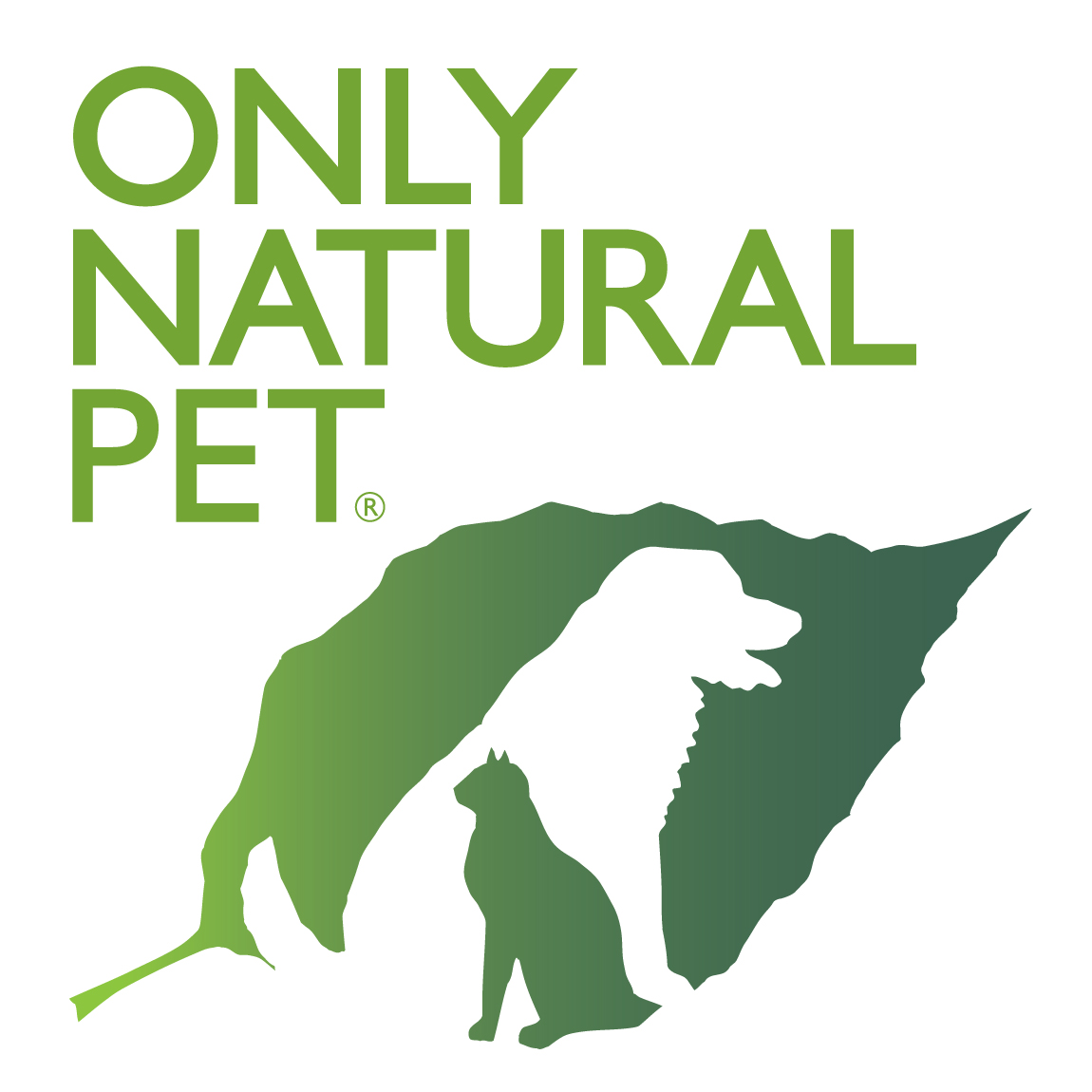


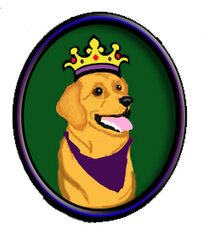


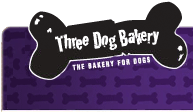







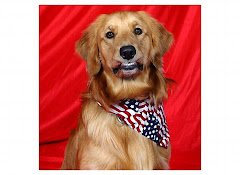




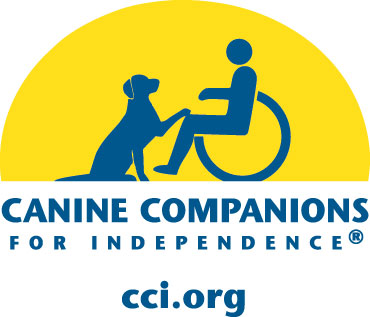




















No comments:
Post a Comment